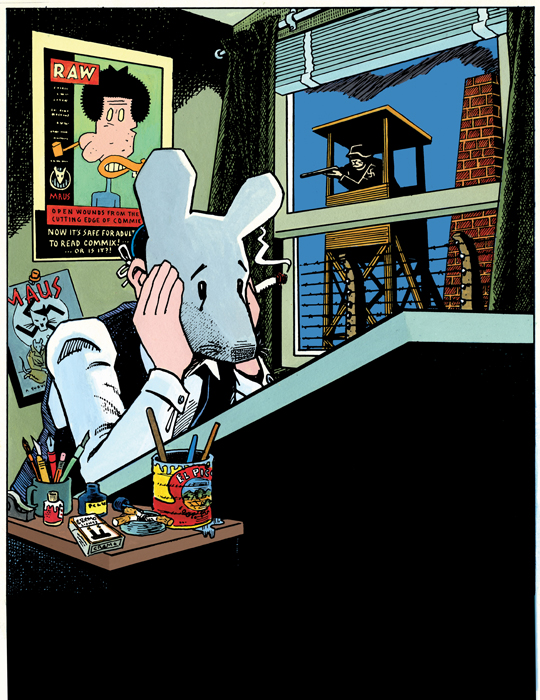Exhibition Tour
The Art of Ben Shahn
_jpg.jpg)
Ben Shahn, New York, 1947, tempera on paper mounted on canvas and panel, 35 15/16 x 47 15/16 in. (91.3 x 121.8 cm.). Jewish Museum, New York. Purchase: Oscar and Regina Gruss Charitable and Educational Foundation Fund, 1996-23. © 2025 Estate of Ben Shahn / Licensed by VAGA at Artists Rights Society (ARS), NY
Explore the paintings, mural studies, prints, and photographs of prolific artist Ben Shahn, who chronicled the crucial issues of his era from the Great Depression to the Vietnam War, in the exhibition Ben Shahn, On Nonconformity. Shahn’s art investigates issues such as unemployment, discrimination, authoritarianism, and threats to freedom of expression, while championing labor, civil, and human rights.









_jpg.jpg)

.jpg)
.jpg)
.jpg)


















.jpg)








